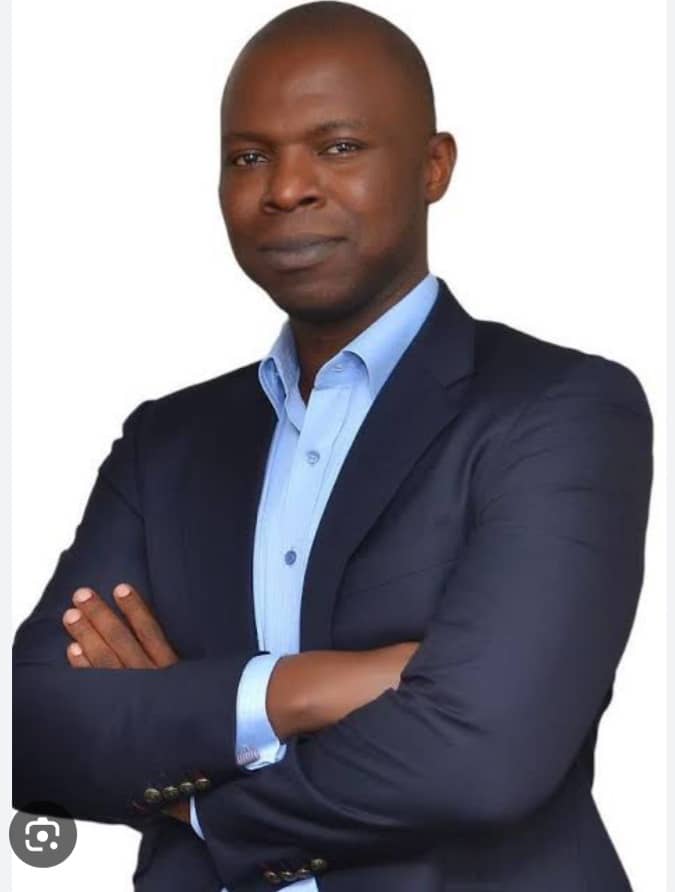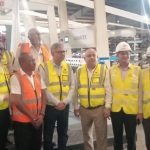Founder of ULesson and Chancellor of MIVA Open University, Sim Shagaya has underscored the need for accessibility to education at a moderate cost to all citizens of the country.
He said such measures as difficult as it might seem, is the only way to generate a crop of intellectuals that would provide the right impact for Nigeria to migrate from the class of developing nations.
According to Shagaya, that mindset of cheap and qualitative education was his inspiration for establishing ULesson and MIVA University.
The event organised to celebrate Shagaya’s 50th birthday in Abuja, especially his legacy of leadership, innovation, and impact under the theme: “Legacy of Leadership: Innovating for Impact and Building the Future through Education and Enterprise”.
While making a brief remark, Shagaya highlighted MIVA university’s rapid growth, stating that its student population had increased from 500 in its first semester to a projected 18,000 by the end of 2025.
He emphasised that the institution’s true success lies not in numbers but in its impact on society.
“We’re not just building a university; we’re building a civilisation.
“The ultimate goal is the ascendancy of Nigeria, and Miva is just a vehicle to achieve that,” he said.
A key highlight of the celebration was the endowment of scholarships to 100 underprivileged students across the country.
Among his friends who graced the birthday celebration was the Chief Executive Officer (CEO) of Sterling Bank, Abubakar Suleiman, who enjoined the Federal Government to consider extending the student loan scheme to private universities.
Butressing his argument, Suleiman said he believes that expanding the student loan scheme would enable Nigerians who fail to secure admission into government owned institutions due to limited capacity to access education in private universities.
He highlighted Nigeria’s education crisis, citing a severe shortage of university spaces and academic staff.
“Nigeria faces a crisis. It’s a big one. Even though we now have more private universities than public universities, over 90 per cent of the students are still in government universities.
“Yet, we have less than 2.5 million people in institutions out of a population that is already 230 million.
“There are people who have argued that for you to really become impactful and to industrialise, at least 5 per cent of the population need to be in institutions of higher learning and technical skills,” he said.
At the colloquium celebrating Sim Shagaya, the Bank Chief Executive insisted that to address prevailing crisis in the sector, would require leveraging on technology to also boost access to quality education including making it more affordable.
“We can now effectively have access to faculty from beyond Nigeria’s shores, making education more accessible and affordable for millions of people.
“Education needs to be affordable. We’ve been caught in a situation where you either get free education in government universities, which isn’t always effective, or expensive private education, which isn’t accessible to many”.
The Vice-Chancellor of Miva Open University, Prof. Tayo Arulogun, praised Shagaya’s multifaceted strategy in fostering creative thinking, global partnerships, and technology-driven learning.
He explained that the university’s approach was built on several pillars, including creative thinking, global partnerships, and technology-driven education.
This strategy, he noted, had yielded positive results, with over 4,000 students benefiting from the expertise of professionals.
“The university is also leveraging Artificial Intelligence (AI) to enhance the learning experience.
“By incorporating AI into content creation, delivery, and support services, students are equipped with the skills to navigate an increasingly technology-driven world,” he said.
Arulogun further stated that the institution is committed to providing inclusive and accessible education, with plans to establish micro-campuses across Nigeria.
According to him, this initiative aims to foster a sense of community among students while addressing the need for physical learning environments.











